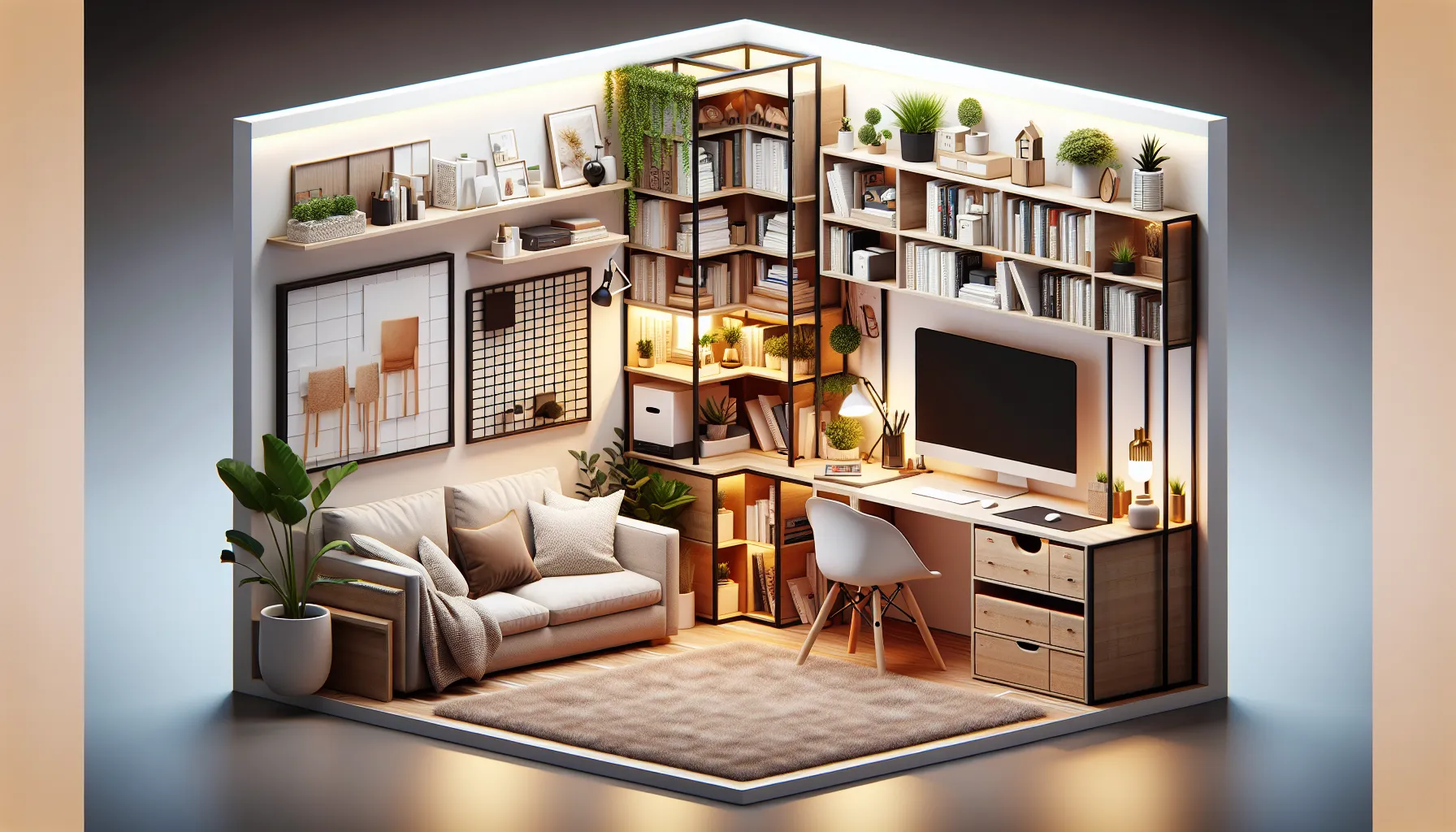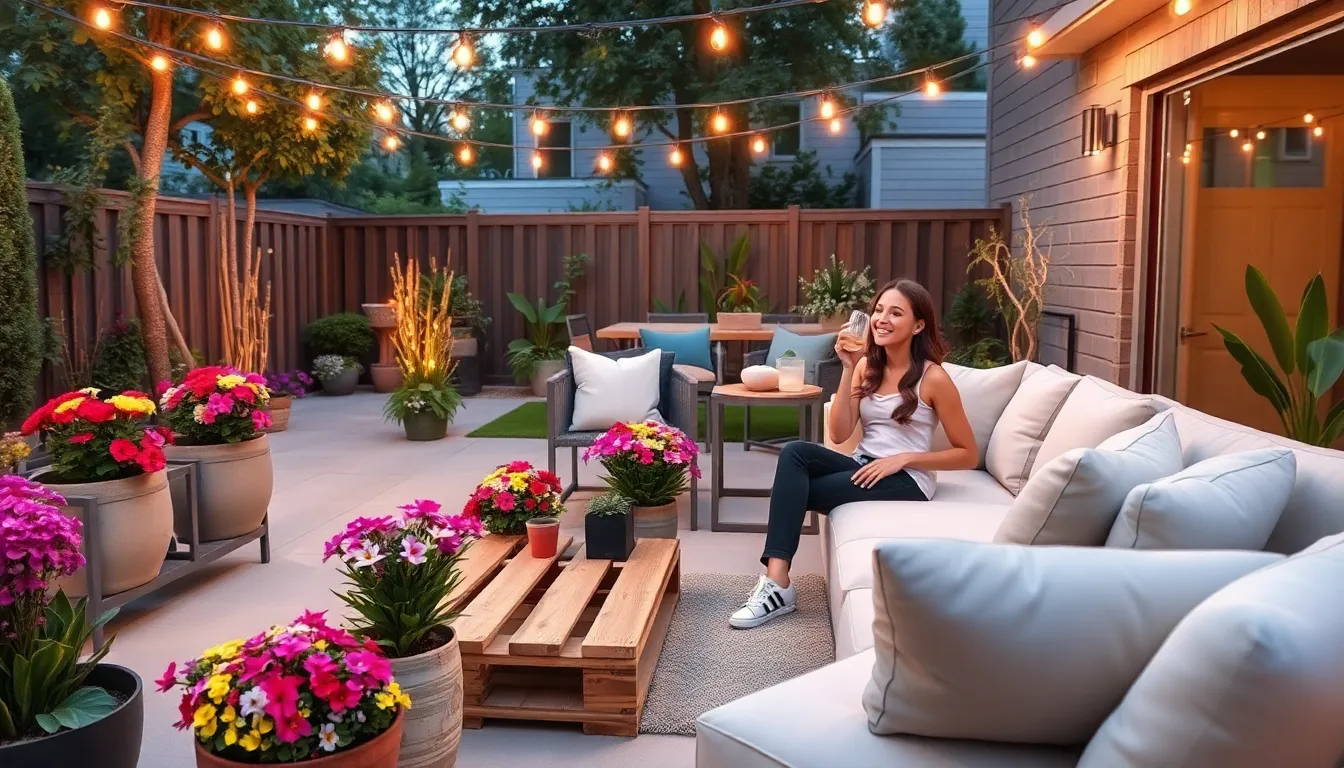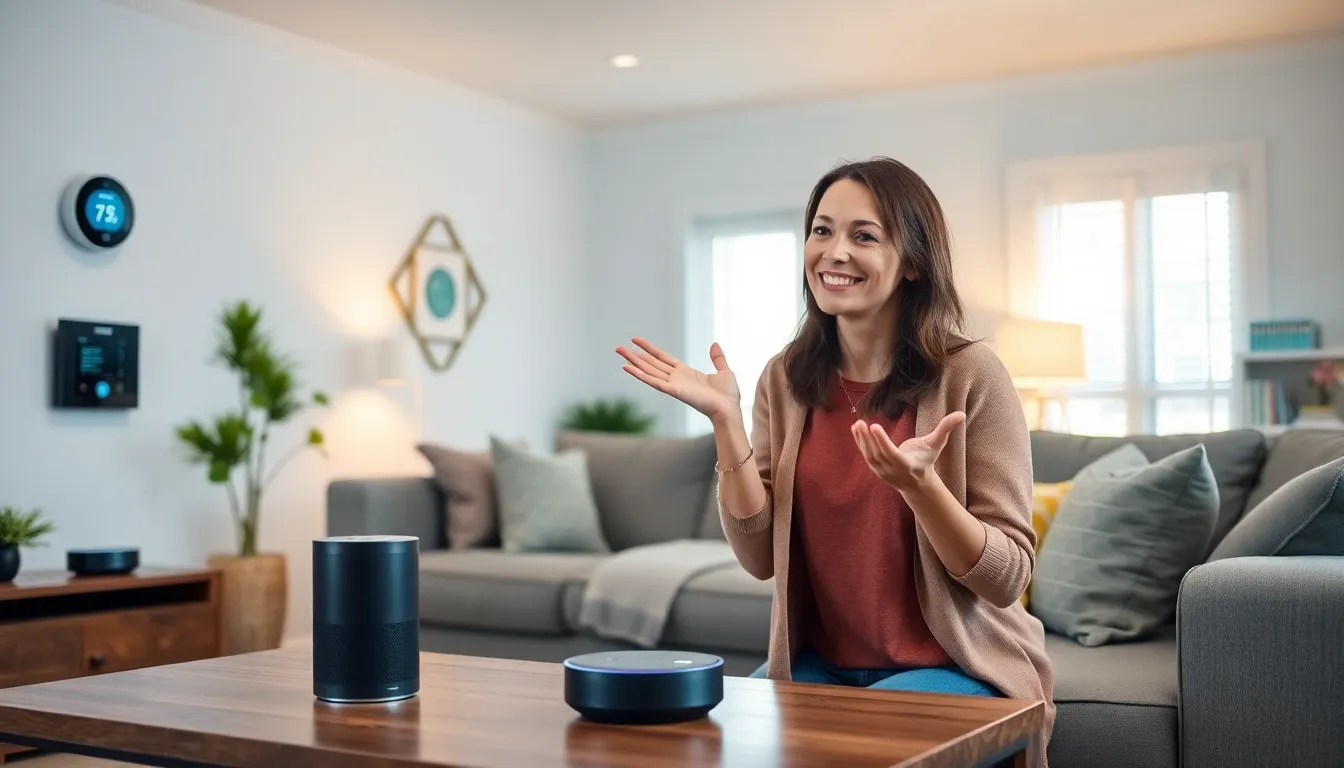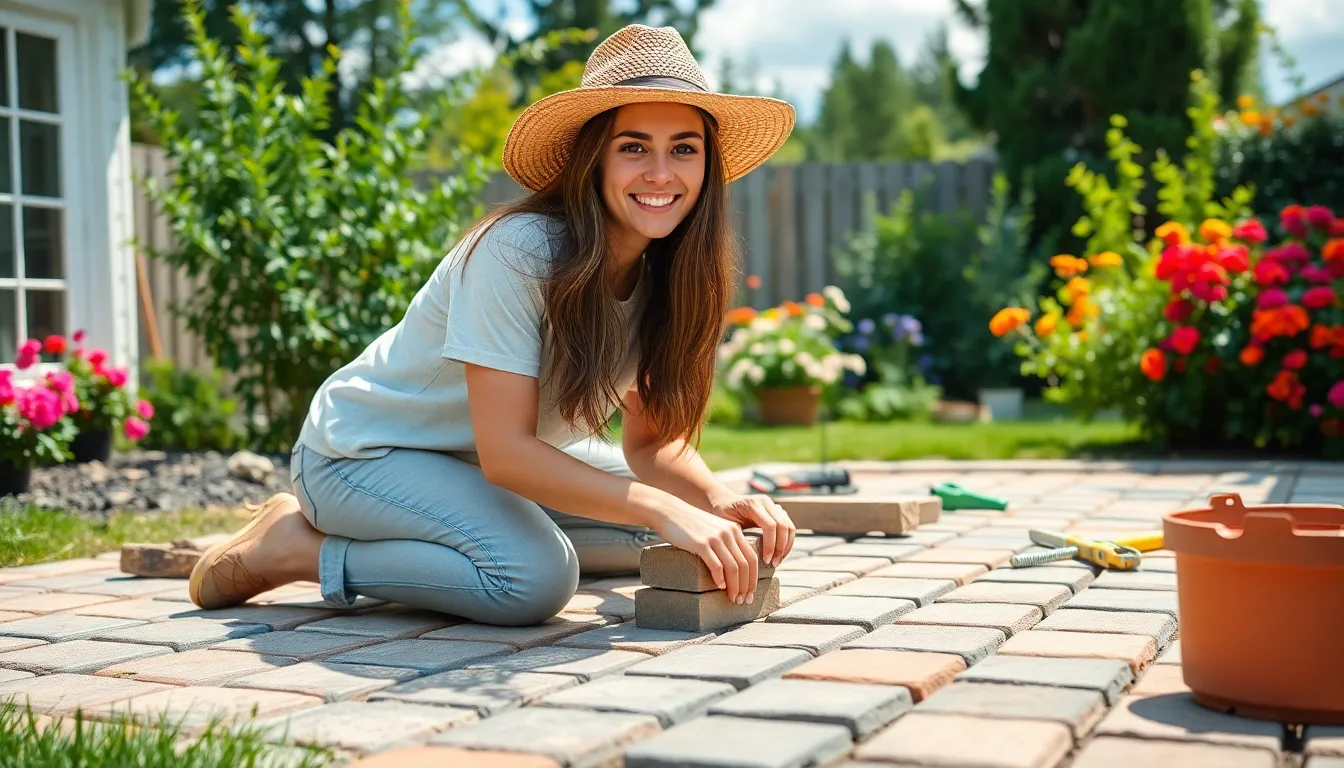In a world where creativity knows no bounds, the small home studio has emerged as the ultimate sanctuary for artists, musicians, and content creators. Picture this: a cozy nook where inspiration flows like coffee on a Monday morning. With the right design, even the tiniest of spaces can transform into a powerhouse of productivity.
Table of Contents
ToggleUnderstanding Small Home Studio Design
Small home studios provide optimal environments for creativity. They transform limited spaces into functional and inspiring work areas.
Importance of Space Utilization
Space utilization holds significant importance in small home studio design. Efficiently organized layouts maximize limited square footage. Prioritizing multifunctional furniture enhances flexibility. Consider using modular shelving units to house equipment and supplies. Proper lighting plays a crucial role in fostering creativity. Natural light sources can inspire while reducing energy costs. Incorporating storage solutions like under-desk drawers keeps work areas uncluttered. Every square inch counts; thus, planning effectively leads to a more productive workspace.
Key Elements of Design
Key elements of design shape the effectiveness of a small home studio. Color schemes greatly influence mood and productivity levels. Opting for lighter shades can make small spaces feel more expansive. Acoustic treatment measures should not be overlooked; they enhance sound quality in music studios. Essential equipment placement affects workflow; keeping frequently used items within reach improves efficiency. Soundproofing may also enhance the creative process, especially for musicians and podcasters. Lastly, personal touches create unique environments, so incorporating artwork or personal memorabilia can provide inspiration.
Essential Equipment for Small Home Studios
Small home studios thrive on essential equipment that enhances creativity and productivity. Key tools include audio and visual equipment designed to maximize limited space while delivering professional results.
Audio Equipment
Investing in quality audio equipment significantly improves sound production. A compact audio interface connects instruments and microphones to computers, ensuring high-fidelity recordings. Studio monitors reproduce sound accurately, while headphones provide a critical listening environment. Additionally, a microphone suited for specific recording tasks, like vocals or instruments, is vital for capturing clear audio. Finally, effective soundproofing panels improve acoustics and reduce outside noise, establishing an optimal recording atmosphere.
Visual Equipment
Visual equipment plays a crucial role in creating engaging content. A reliable computer or laptop runs editing software and handles processing tasks efficiently. A dedicated monitor allows for better color accuracy, enhancing the overall visual experience. Utilizing a camera, whether a DSLR or webcam, facilitates high-quality video recording. Lighting kits improve visibility for video shoots, eliminating harsh shadows. Including a green screen broadens creative possibilities in visual production, helping in content creation for various platforms.
Layout Ideas for Small Home Studios
Small home studios can be tailored to fit personal preferences and workflows. Thoughtful layouts can enhance creativity and efficiency.
Open Concept vs. Separate Spaces
Open concept layouts promote collaboration and a sense of spaciousness. This design creates fluid connections between work areas, making it easier to transition between tasks. Separate spaces allow for focused activities and can reduce distractions. When prioritizing specific functions, partitioning areas with dividers or curtains works effectively. For instance, a soundproof booth can isolate recording tasks while an adjacent area serves for editing or brainstorming. Ultimately, the choice between these designs depends on individual work habits and the overall studio vision.
Multi-Functional Furniture
Multi-functional furniture maximizes limited space within small home studios. Items like foldable desks or modular seating can adapt to various needs, providing versatility. Storage solutions, such as ottomans or cabinets, help keep equipment organized while offering additional workspace. Select furniture that emphasizes ergonomics for comfort during long hours of work. For example, a desk that transforms from a standing position to a sitting one can enhance productivity. Ultimately, choosing pieces that offer a combination of utility and style contributes to a well-rounded studio aesthetic.
Tips for Maximizing Comfort and Functionality
Creating a small home studio requires practical strategies for enhancing comfort and workflow. Both ergonomic considerations and acoustic treatments play vital roles in achieving an efficient environment.
Ergonomic Considerations
Selecting the right furniture elevates comfort during long sessions. Adjustable chairs provide necessary support, reducing strain on the back and neck. Desks should accommodate standing and sitting positions, allowing for movement. Positioning monitors at eye level helps minimize eye fatigue. Utilizing wrist rests offers additional comfort while typing or controlling devices. Investing in quality ergonomic accessories significantly improves overall productivity and well-being.
Acoustic Treatments
Effective acoustic treatments transform sound quality in small studios. Strategically placing foam panels on walls reduces echo, creating a clearer listening environment. Bass traps enhance low-frequency sound management, ensuring a balanced audio output. Curtains can improve sound insulation and minimize external noise. Consider using carpets or rugs to absorb sound reflections from hard surfaces. Periodically evaluating and adjusting treatments increases sound clarity, contributing to impressive audio production.
Small home studios offer endless possibilities for creativity and productivity. With thoughtful design and strategic organization, even the most compact spaces can be transformed into inspiring environments. By prioritizing functionality and comfort through ergonomic furniture and efficient layouts, creators can enhance their workflow and artistic output.
Incorporating essential equipment and effective sound treatments further elevates the studio experience, ensuring high-quality results in both audio and visual projects. Personal touches and a well-considered color scheme can also significantly impact mood and motivation. Embracing these design principles allows anyone to cultivate a small home studio that not only meets their needs but also inspires their creative journey.





